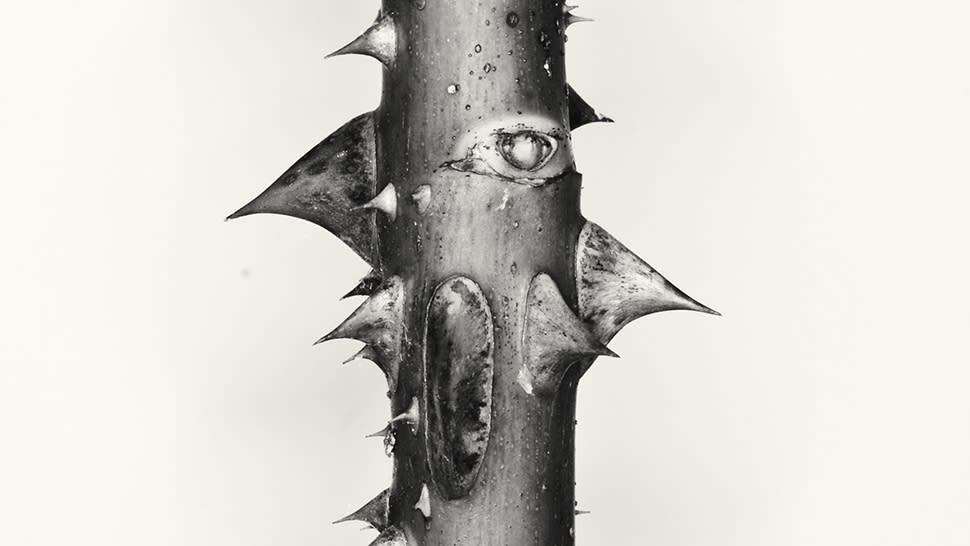The Art of Seeing #32: “I find it interesting that one of the world’s arguably most beautiful flowers also has a dangerous and thorny side”

About Benedict Brain

Benedict Brain is a UK-based photographer, journalist and artist. He is an Associate of the Royal Photographic Society and sits on the society’s Distinctions Advisory Panel. He is also a past editor of Digital Camera Magazine, and the author of You Will be Able to Take Great Photos by The End of This Book.
One of the highlights of my photographic calendar is judging the International Garden Photographer of the Year contest. I wouldn’t lay any claims to garden photography being my area of expertise, so I’m doubly honored every time I’m asked. Inspired by the jaw-dropping images I’ve been looking at, I thought I’d offer up one of my own attempts from the garden.
I made this image of a rose a few years ago and recently stumbled across it on my hard drive. I felt it stood the test of time and still liked it; it seemed relevant. I was reminded of the wise words of a fellow IGPOTY judge and garden photographer extraordinaire, Clive Nichols. He once described to me during a workshop that the key to successful plant photography is seeking to express the specimen’s personality: a portrait of a plant, if you like. This idea really struck a chord with me, and changed the way I photographed plants, flowers and trees.
Initially, I was drawn to the graphic shapes and harsh brutality of this rose stem. The sheer sharpness of the thorns was enticing and dangerous, but also beautiful. I like to subvert expectations, so I reveled in the idea of totally excluding the flower – which I feel is overrated. I find it interesting that one of the world’s arguably most beautiful flowers, an ages-old symbol of love and romance, also has a dangerous and thorny side. Does this reflect the human condition? I’m not sure, but it’s something to think about.
To further emphasize the harshness of the stem, I isolated it from the background with a piece of white card, and created a tall vertical crop. It seemed natural to convert the near-monochromatic raw file to black and white. I used a ring flash to accentuate the details. The flash’s hard light reinforced the stem’s grittiness with forensic clarity.
I find this harshness beautiful in its own right. I also find this aspect of the rose’s personality infinitely more interesting and beautiful than the superficial, fleeting allure of the flower.
• Other articles in the Art of Seeing series
Read more:
• The 50 best photographers ever
• 100 best photography quotes from famous photographers
• The best coffee-table books on photography

